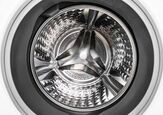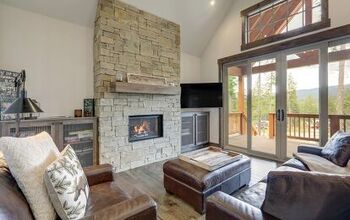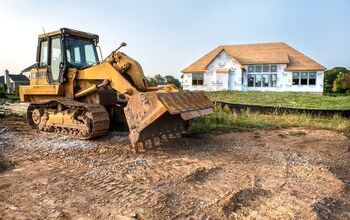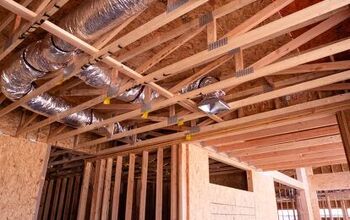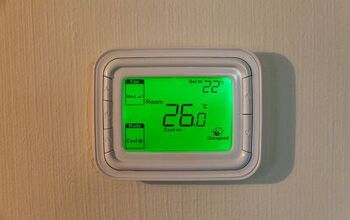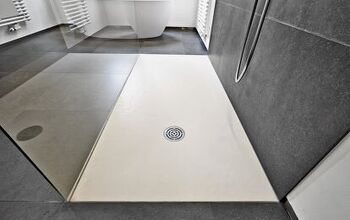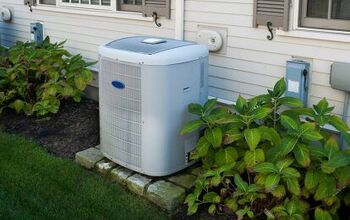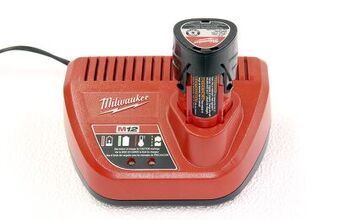How To Evaluate Homes For Sale: What To Look For Beyond Curb Appeal

Imagine scrolling through house pictures online and finding your ultimate dream home. It’s picture-perfect, with an exterior that makes it look like it’s straight off the cover of Better Homes & Gardens magazine. You set up a showing with your real estate agent, and when you enter the house, an age-old adage pops into your head, “You can’t judge a book by its cover.”
Look beyond curb appeal when you evaluate a home for sale. Pay attention to the structural integrity, layout, and mechanical systems. Consider storage, functionality, natural light, and ventilation. Inspect the neighborhood and assess the maintenance to determine if the owner has taken good care of the property. Look out for red flags, like weird paint patches, strong scents, and blocked-off rooms.
Curb appeal is important, but it’s not everything. If a home looks amazing on the outside, you still need to assess the rest of the property. Although a great first impression can lead to many positives, it can also mask plenty of negatives.
Great Curb Appeal? What Happens Next?
When people list their home for sale, one of the things that they often focus on is the curb appeal. After all, if a property doesn’t look good from the outside, buyers likely aren’t going to waste their time with the inside (with a few exceptions, like a flip or fixer-upper).
Therefore, good curb appeal is a vital piece of the house-selling puzzle. However, if you’re searching for a home, and you see a property with a great exterior, don’t jump to conclusions. The sellers might have concentrated a lot of their efforts on making the outside of the home look great to get buyers through the door.
However, what if these efforts don’t extend to the rest of the property? What do you need to look for beyond curb appeal when you’re evaluating homes for sale? Here are the factors you should consider when house hunting, even if the curb appeal rocks.
1. Structural Integrity
Foundation issues can be a nightmare to deal with, potentially costing thousands and thousands of dollars to repair. Other costly problems occur when there are issues with doors and windows, the roof, and other structural elements.
Look for signs of water damage on walls and the ceiling, sagging, uneven floors, or sketchy repairs. Place a small ball or marble on the floor and see if it rolls to one side; this could indicate problems with the foundation or floor joists.
Scan the walls and ceilings for cracks, paying close attention to larger cracks and the direction. Horizontal cracks that are close to the ceiling could signal potential roof truss problems. Various other cracks could warn of possible foundation sinkage, especially if they are wide or grow rapidly.
Test windows and doors to see how easily they open. If they stick or won’t close all the way, this could be because of foundation issues that have warped the frames out of position. Open doors and see if they remain open or want to swing shut.
2. Layout
It doesn’t matter how beautiful a home looks if it’s difficult to maneuver around the space, and it isn’t the layout you want. Make sure the floor plan fits your needs and lifestyle; otherwise, you’re looking at something that is not easy to change.
Bring a tape measure with you to test out spacing and flow. Check how your things will fit in the space. Don’t be shy.
3. Natural Light
Natural light is a common item on house hunters’ wish lists. For one thing, if a home has no natural light, it isn’t something you can easily get unless you start adding windows or swapping out doors for glass alternatives.
Assess how much natural light the rooms get. If rooms seem dark, before you assume it’s due to a lack of natural light, check the windows. Are there heavy drapes covering them, or perhaps overgrown trees or shrubbery outside blocking the light?
4. Ventilation
Make sure the home has proper air flow. If you detect a musty smell or see condensation forming on walls, these could signal poor ventilation. Other indicators are uneven temperatures throughout the house. For example, one room feels warm, and the next feels cold.
This could also indicate poor insulation. Look for air vents and see how they work, test exhaust fans in the bathrooms, look for ceiling fans, and test the thermostat. Again, don’t be shy, this is likely the biggest purchase of your lifetime, so check everything.
5. Important Systems
Look under sinks for leaks, turn on taps and showers to test the water pressure, check for outdated pipes, and flush toilets. Check the number of outlets, look for the breaker box, and see if it’s updated.
See what type of wiring is in the house. You want to look out for old wiring, especially knob-and-tube, which is no longer considered safe.
Ask about the age and condition of the mechanical systems, like the HVAC, and request maintenance records. Take a peek at the air filter to see if it’s dirty or clean (this is a good clue as to whether or not the sellers have kept up with routine maintenance).
6. Location
You might be able to change almost everything about a house (if you have the money), but changing the location is a whole other ball game. Therefore, the location should be one of the top things on your must-have list.
Consider your commute, the walkability of the neighborhood to shops, parks, etc. Also, check the school district, even if you don’t have kids. A good school district plays heavily into resale value. Do research on the neighborhood to find out about any upcoming or nearby construction, future plans, and zoning designations.
7. Functionality
Overall, make sure the house is going to function well for you. For example, do you have three kids and need a place for your parents to stay when they visit several times a year? If so, a two-bedroom house probably isn’t very functional.
However, if you’re retired, single, and ready to take it easy, you likely don’t want to take care of a five-bedroom, 4,000-square-foot home. Check out the flow throughout the home, the kitchen, and the bathrooms (are there tubs, showers, or both?).
Do you need a special room for a home office, crafting, or a playroom? Are you into woodworking and carpentry, and therefore looking for a garage or a covered patio in the backyard? Basically, make sure the house has what you need, or at least has the space for you to add what you need over time.
8. Storage
Everybody has stuff, even minimalists have a few possessions, so you need some storage in your home. How much storage you need, though, depends. You know what you need, so make sure the house you get delivers.
Is there a garage? Attic? Basement? Do you need any or all of these spaces? Look inside cabinets, drawers, and closets. Are they practical? Clean? Are there additional opportunities for storage and organization, like built-ins or custom shelving?
9. Noise Levels
Visit houses you’re interested in at different times of the day to get a more accurate feel for the neighborhood. Particularly, pay attention to things like traffic levels and noise. Assess how everything sounds from inside and outside the house.
10. Maintenance
Look beyond the surface of the home to see how well-cared-for it is. Does it seem like the sellers truly took care of their home, or do you get the impression that it’s more of a lipstick-on-a-pig situation?
A well-maintained home is usually a good sign that the owners also took good care of the things you can’t see. Inspect with all of your senses. Look for signs, check for weird smells, listen for drips and squeaks, and feel surfaces. Pay attention to these things inside the house and on the exterior, including the front and back yards and landscaping.
House Hunting? Make Sure Homes Pass The Right Tests
When you’re narrowing down your options for a new house, make sure the homes check the big boxes before you put them on your list. Look beyond curb appeal and verify that a house has good bones, solid mechanical systems, and functions like you need it to.
Location is a big consideration, and it’s also a good idea to check maintenance records. Keep an eye out for red flags when buying, even if it’s brand-new or updated. Even newly renovated homes have red flags. For example, strong fragrances could be hiding the smell of smoke or mildew.
A random paint job might be a quick fix for some water damage. A locked door is a huge red flag, because what is the seller trying to hide? Some red flags are evident before you even see the house, like an unusually low asking price or missing documents.
Work with a trusted real estate agent and include a home inspection contingency in your contract. Overall, don’t be blinded by beauty, and check out everything when you’re evaluating homes for sale.
Related Guides:
- How To Make Your Home Stand Out When Selling
- What Are You Willing To Compromise When Buying A Home?
- Six Things To Consider Before Buying Your First Home

Stacy Randall is a wife, mother, and freelance writer from NOLA that has always had a love for DIY projects, home organization, and making spaces beautiful. Together with her husband, she has been spending the last several years lovingly renovating her grandparent's former home, making it their own and learning a lot about life along the way.
More by Stacy Randall

